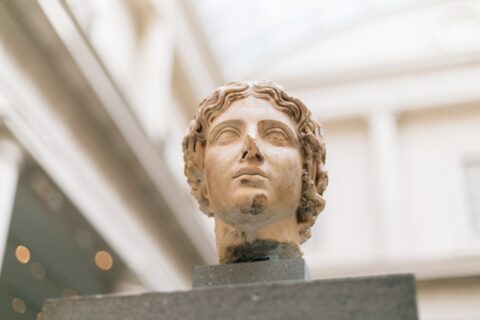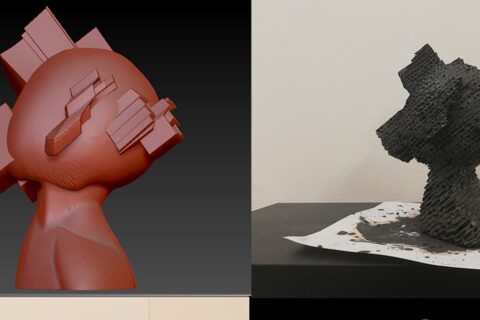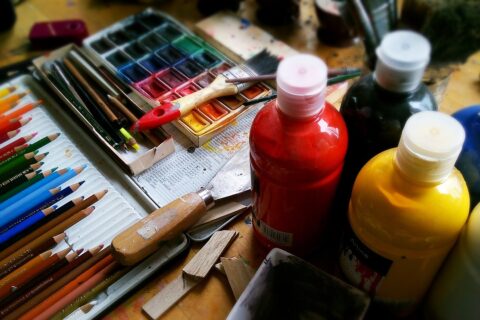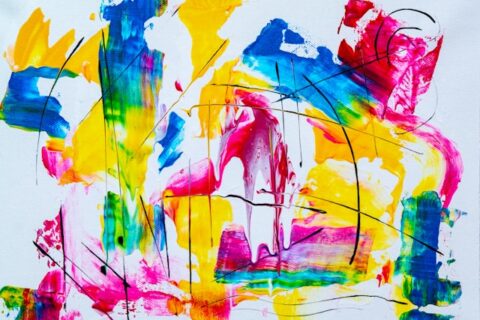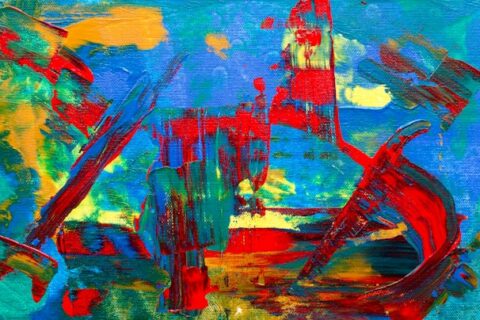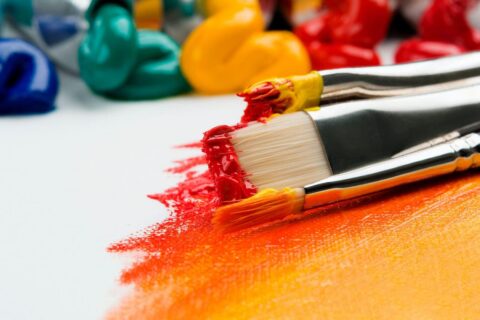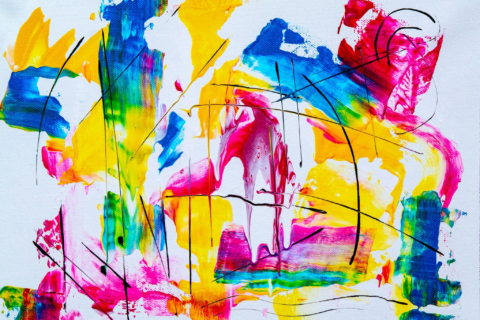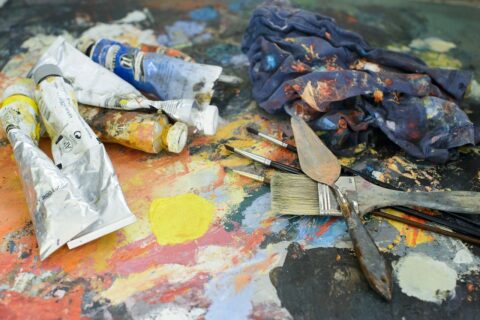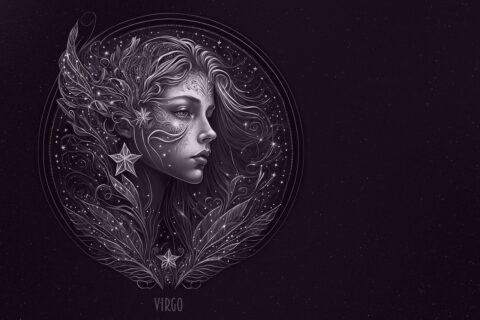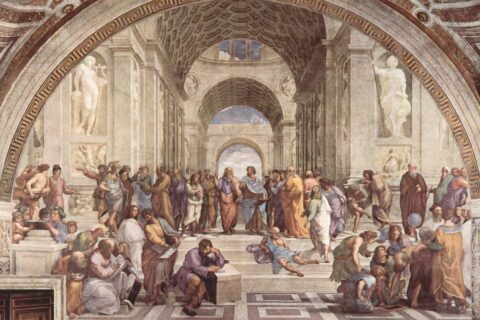
The process of creating a sculptural work
- Leake Camille
- July 21, 2021
- Sculpture
- No Comments
First, the sculptor sculpts a small sketch in clay or plasticine that conveys the original idea. Then he reproduces the sketch in clay in a larger size and finalizes it. The big size sculpture in clay is made on the frame (from iron bars, wire and pieces of wood), supported on a machine-trunk with a rotating horizontal board. The original sculptural work is removed from the clay sculpted plaster, the so-called “black form”, which consists of two or more parts.
It exactly repeats the model, only in the reverse, concave form. The original clay model is destroyed, because when you release the mold, you have to take the clay out of it. The mold is then used to cast an exact plaster reproduction of the model, the so-called “cast”. When the casting is released, the mold is split and thus this so-called “black mold” is destroyed. If several plaster copies are to be made, a second, so-called “lumpy mold” consisting of many parts is removed from the cast already received. The “lumpy mold” placed in a casing (a common cover that unites all the pieces) allows the molding and casting of the next instances in plaster, concrete, plastic or some metal.
The creation of a sculpture is an active labor process. The sculptor’s creativity is hard physical work, a struggle with the material. It’s as if a man overcomes the lifelessness of stone, wood or clay, conquers the material, creates an artistic image full of life from it.
In sculpture, the master’s idea is embodied in a real physical volume. Just as in painting the main expressive means is the image with paints on the surface of the canvas, the “language” of sculpture is three-dimensional, three-dimensional form with real gravity. It is through the sculptural form that the content of the sculptural work is revealed, conveying the sculptor’s intention to the viewer. The expressive possibilities in the realistic art of this volumetric-plastic form is truly boundless. The peculiarity of sculpture, the peculiarity of its content is that it depicts mainly man. It is in the image of the man himself sculptor can reveal the life of society, the characters of people, their moods and actions. In this regard, for the art of sculpture is characterized by a specific range of topics: sculpture can sculpture portraits of contemporaries or figures of past eras, to create compositions on everyday themes, portray allegorical figures personifying common concepts (labor, peace, friendship of peoples, victory, etc.).
Nature and the environment surrounding a person can be transferred to the sculpture only indirectly, with the help of any detail. A particularly important quality of sculpture is that it can express the heroic ideals of its time in the most generalized, allegorical, monumental images. It is no coincidence that the periods of flourishing of sculpture coincide with those historical epochs when the importance of man is raised high and the main task of art is to create a positive heroic image.
